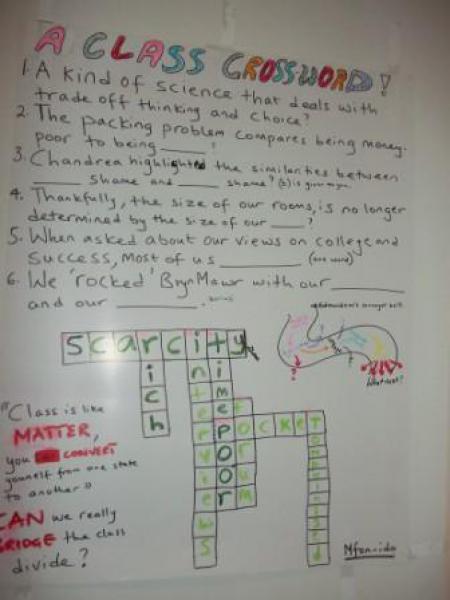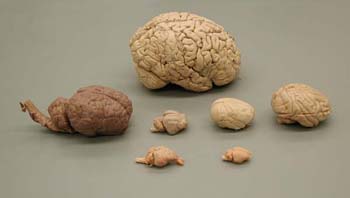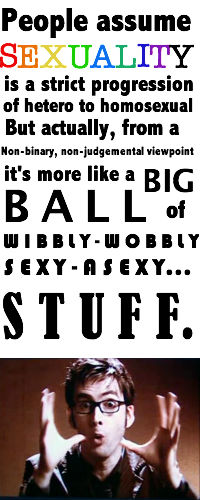Serendip is an independent site partnering with faculty at multiple colleges and universities around the world. Happy exploring!

link between poverty and education?
From y'day's New York Times Opinion Pages, on the unaddressed link between poverty and education: Class Matters. Why Won't We Admit It?
Classed Memories
Wow. Was i amazed? More than. I loved the various presentation formats of all the other groups. Chandrea has already summarized our group objective. I based my slam/speech whatever it was, on the phrases that stuck with me throughout the class - words i will still remember a year from now.
Scarcity
Time-poor versus money-poor
Rich shame versus poor shame
Room size versus pocket size
class - bridge - divide
The questions at the end were meant to provoke thought, especially the 'Can we really bridge the class divide?'. I asked the question in the hope that our conversation does not end up as 3 months of academic noise and freshman memories, but as something more concrete - that changes the face of class at Bryn Mawr.
This was an extra class in its own right and a unique learning experience for me. The piece on space made me remember the discussion we had on ownership. I remember how i moved from answering that i could claim full ownership of my dorm room to doubting myself, when someone pointed out the issues involved in claiming a space you share?
I noticed that in the creative assignment, some students came out and identified with their class. It was therefore interesting to me when Chandrea said after the performance that she might as well flaunt hers. It was a 'go girl' moment for me. And for 5 minutes I enjoyed the thrill of changing class with the wheel game. I could go on and on, but there's other stuff to do.
Mfon

reflection about final performance
My performance is inspired by my previous perception about the United States. Before coming here, everything I knew about this country was through the media. Through this class, I recognize that the US is not always as dreamy as I thought. There are a lot of downsides. Furthermore, I also realize the importance of the media to form my perception about the society and this perception is somehow stereotyped and biased. And I think most people all have the same problems. It is easy to make assumptions and judgement about other people based on their apprearance and language. This powerpoint aims to make me and the rest of the class to correct the wrong perception and become more impartial

Slam Performance
For our final performance, we decided to do some slam poetry! We all wrote about different aspects of our E-Sem experiences and from various perspectives. Mfon also did a crossword puzzle about the packing problem. Some other topics included learning about banking education and our own perceptions of our socioeconomic statuses and realizing our responsibilities as Bryn Mawr students to bring up touchy topics like class to campus and make them relevant to our peers. Our poems were personal and allowed us to share what we learned from this E-Sem and how class mattered to us back then and how it will matter to us in the future. I remember discussing the project with my group and all of us being unsure about which area about the broad topic of class we would be writing our poems about. It's a complicated subject!

 Often we define intelligence with respect to human qualities. Thus, as we tend to consider ourselves as the most intelligent species, we compare other species to ourselves. Yet, is this really possible? One
Often we define intelligence with respect to human qualities. Thus, as we tend to consider ourselves as the most intelligent species, we compare other species to ourselves. Yet, is this really possible? One 



